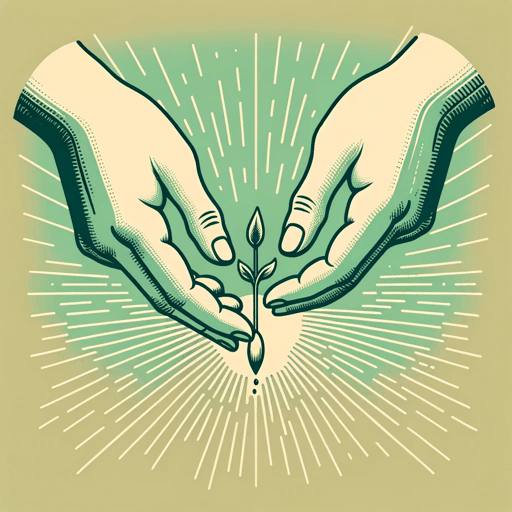59 pages • 1 hour read
Rutger BregmanHumankind: A Hopeful History
Nonfiction | Book | Adult | Published in 2019A modern alternative to SparkNotes and CliffsNotes, SuperSummary offers high-quality Study Guides with detailed chapter summaries and analysis of major themes, characters, and more.
Part 5-EpilogueChapter Summaries & Analyses
Part 5, Introduction Summary: “The Other Cheek”
Bregman challenges conventional wisdom about human behavior through the story of Julio Diaz, a social worker who willingly gives his coat to a teenager who has just mugged him. This act of compassion leads to an astonishing turn of events: The teenager returns Diaz’s wallet, and they share a meal. The tale serves as an entry point into the idea of non-complementary behavior, where the response to an action defies the expected reaction, often yielding transformative results. The introduction raises questions about the limitations of kindness and its potential to enact systemic change. It asks whether ordinary individuals can turn the other cheek, even in impossible circumstances like times of war or in the wake of terrorist attacks. This narrative sets the stage for a deeper exploration of human nature, challenging preconceived notions of innate selfishness or hostility.
Part 5, Chapter 16 Summary: “Drinking Tea with Terrorists”
In Chapter 16 the conversation centers around shifting paradigms in the criminal justice system, particularly comparing the Norwegian model of rehabilitation to the American model of retribution. Norway’s unique prison facilities, like Halden and Bastøy, are designed to rehabilitate rather than punish, operating under the guiding principle of “dynamic security.” This approach emphasizes creating normal living environments inside prison to prepare inmates for reentry into society.
Related Titles
By Rutger Bregman
Featured Collections
Anthropology
View Collection
Community
View Collection
Good & Evil
View Collection
New York Times Best Sellers
View Collection
Philosophy, Logic, & Ethics
View Collection
Politics & Government
View Collection
Popular Book Club Picks
View Collection
Popular Study Guides
View Collection
Psychology
View Collection
Sociology
View Collection


